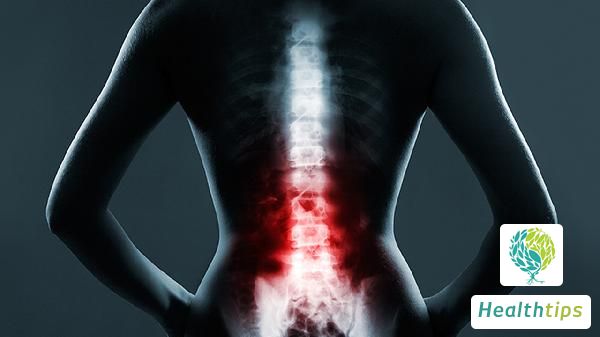How Exactly Does Liver Cirrhosis Form?
Cirrhosis of the liver occurs when normal liver tissue is replaced by fibrous tissue due to various chronic liver injuries, gradually leading to loss of function. Its formation involves genetic factors, environmental impacts, physiological changes, trauma, and pathological reactions, among other reasons. Treatment includes eliminating the underlying cause, symptomatic drug therapy, and lifestyle interventions.

Some individuals may have familial genetic diseases, such as congenital metabolic disorders like hemochromatosis and Wilson's disease. These genetic diseases can lead to abnormal accumulation of substances like iron and copper in the liver, continuously damaging hepatocytes, thereby inducing liver fibrosis and ultimately cirrhosis. If there is a similar family history, early screening for related genes and receiving professional guidance are crucial to prevent disease progression.
Long-term exposure to toxic substances, such as pesticides, heavy metals, and industrial chemicals, may be significant contributing factors. They cause direct damage to hepatocytes. Preventive measures include choosing a safe work environment, using protective equipment, and avoiding exposure to toxic substances. If liver damage has occurred, detoxification therapies like chelation therapy can be used to protect remaining liver function.
Autoimmune diseases such as autoimmune hepatitis can also lead to cirrhosis, where the immune system mistakenly identifies and attacks the liver's own cells. Non-alcoholic fatty liver disease caused by poor diet and obesity can trigger chronic inflammation and fibrosis due to excess fat in the liver, representing one of the high-risk factors for cirrhosis in modern society. Effective preventive measures include controlling weight, maintaining a balanced diet, and regular liver function monitoring.
Physical trauma to the liver can cause acute injury but rarely leads directly to cirrhosis. However, infections accompanying trauma, especially liver abscesses caused by intestinal bacteria, may gradually induce fibrosis during the long-term healing process. Therefore, timely treatment of liver trauma, anti-infective measures, and follow-up observations are particularly important.
Chronic diseases are the primary cause of cirrhosis, with viral hepatitis B and C, and chronic alcohol abuse being the leading factors. Chronic hepatitis leads to hepatocyte necrosis, hyperplasia, and fibrosis due to repeated viral attacks; alcohol directly inhibits hepatocyte regeneration and even exacerbates liver toxicity. Treatment primarily includes antiviral therapy, such as entecavir and tenofovir for hepatitis B, sofosbuvir combined with other drugs for hepatitis C, and alcohol cessation therapy. Some patients may require liver transplantation. In addition to pharmacological therapy, lifestyle adjustments are crucial for treatment. A healthy diet should reduce high-fat, high-sugar, and alcohol intake, with moderate supplementation of high-protein foods like fish and soy products to promote repair. Moderate exercise can improve metabolic function and reduce liver stress. Regular liver function reviews are necessary to detect disease progression early. After understanding the causes and prevention methods of cirrhosis, maintaining good living habits and regular monitoring are vital. If you suspect you have related symptoms or high-risk factors, seek medical screening promptly to prevent further deterioration of the condition.



















